Cerda M and Girau B
Biological Cybernetics Volume 107, Issue 2 (2013), Page 161-178 (Springer). doi:10.1007/s00422-012-0544-0 (Online)
ABSTRACT
Neural field models have been successfully applied to model diverse brain mechanisms like visual attention, motor control and memory. Most theoretical and modeling works have focused on the study of the dynamics of such systems under variations in neural connectivity, mainly symmetric connectivity among neurons. However, less attention has been given to the emerging properties of neuron populations when neural connectivity is asymmetric, although asymmetric activity propagation has been observed in cortical tissue. Here we explore the dynamics of neural fields with asymmetric connectivity and show, in the case of front propagation, that it can bias the population to follow a certain trajectory with higher activation. We find that asymmetry relates linearly to the input speed when the input is spatially localized, and this relation holds for different kernels and input shapes. To illustrate the behavior of asymmetric connectivity, we present an application: standard video sequences of human motion were encoded using the asymmetric neural field and compared to computer vision techniques. Overall, our results indicate that asymmetric neural fields are a competitive approach for spatiotemporal encoding with two main advantages: online classification and distributed operation.
